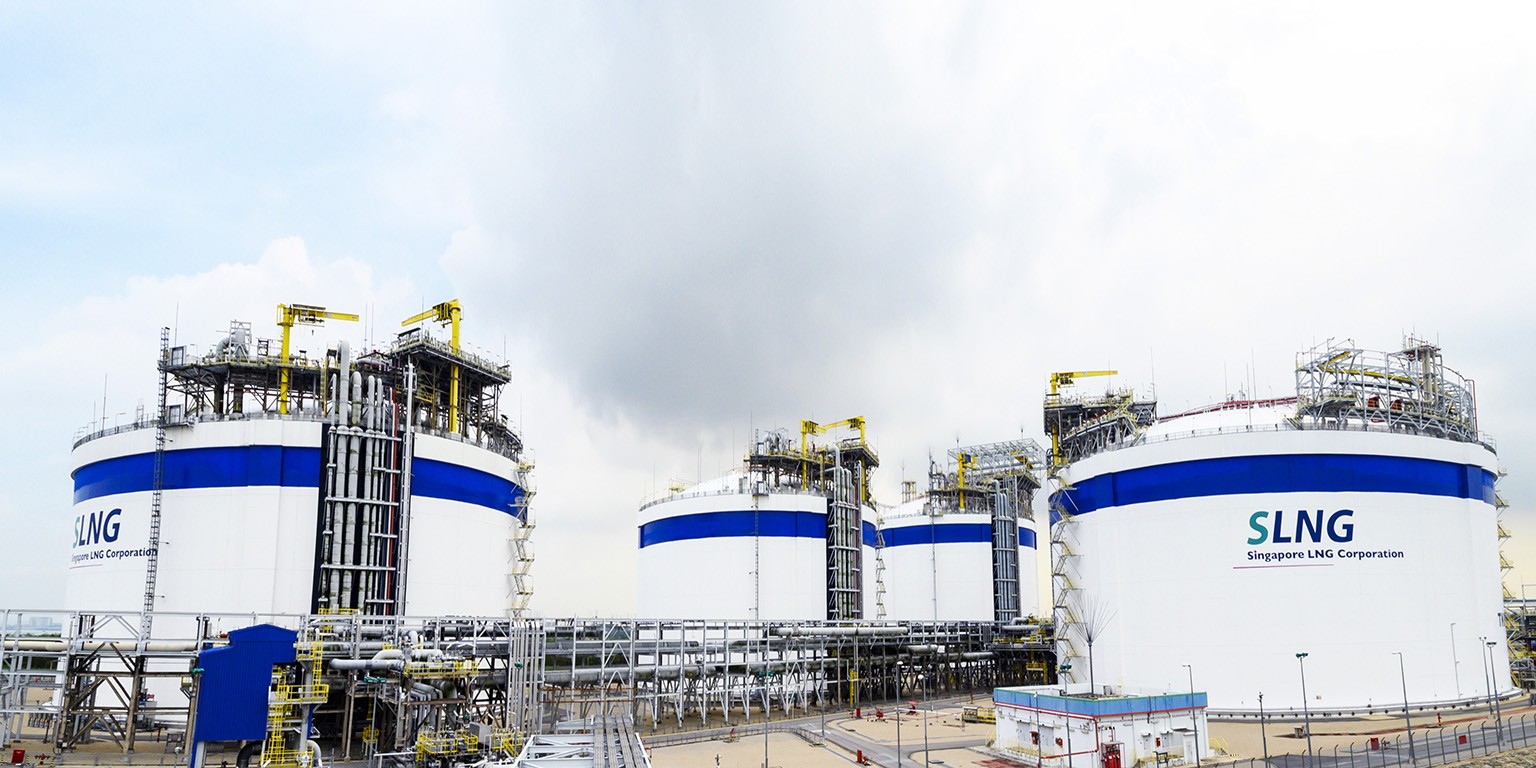Singapore LNG has tapped a unit of energy giant Total to install solar power systems on the rooftops of several buildings at its import terminal on Jurong Island.
Under the deal, Total Solar Distributed Generation will finance, build, and operate a 600 kilowatts peak rooftop solar power system. Total’s unit should complete the project by end of this year.
Singapore LNG says the installation of the solar panels is part of its slew of initiatives under its Green Strategy.
According to SLNG, this solar power system will generate around 800 megawatt hours of renewable energy. This has the potential to reduce an estimated 300 tons of carbon dioxide emissions, annually.
For comparison, the average monthly household electricity consumption of a four-room public housing in Singapore is around 354 kilowatt hours.
Furthermore, it takes an estimated 4,900 trees to sequester 300 tons of carbon dioxide, the terminal operator said.
Solar, LNG as fuel, hydrogen
SLNG’s CEO Tan Soo Koong said the terminal is commited to doing its part to help fight climate change and the use of solar energy is “just a modest first step.”
Additionally, SLNG is exploring ways to catalyse the use of LNG and other green energy alternatives.
“For one, we are looking into collaborations to develop new infrastructure in Singapore to promote the use of LNG as a cleaner marine fuel.
For another, we are working with various partners to develop technologies related to the importation, transportation and storage of hydrogen,” the CEO said.
Singapore’s first and only LNG terminal currently operates with four tanks for a total storage capacity of 800,000 cubic meters.
The facility features two jetties able to accommodate the world’s largest LNG tankers.
The second jetty is able to receive and reload small LNG ships of up to 10,000 cubic meters in capacity.
The terminal also has a third jetty designed for 10,000-40,000 cbm LNG carriers but only with civil structure completed.

